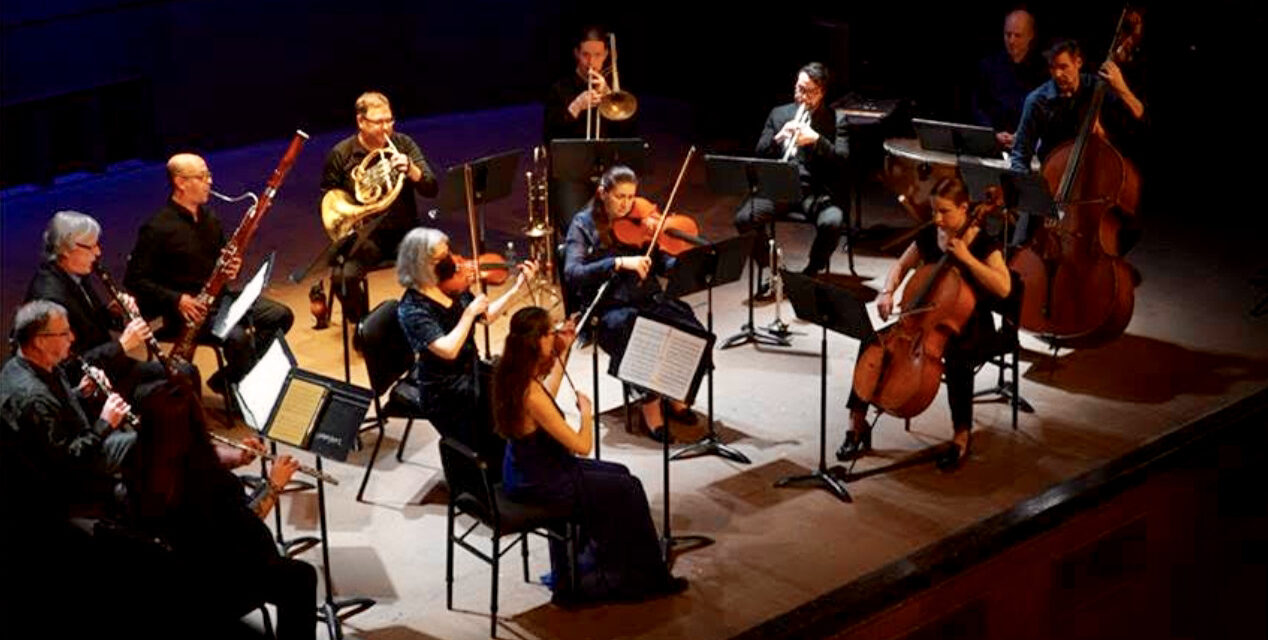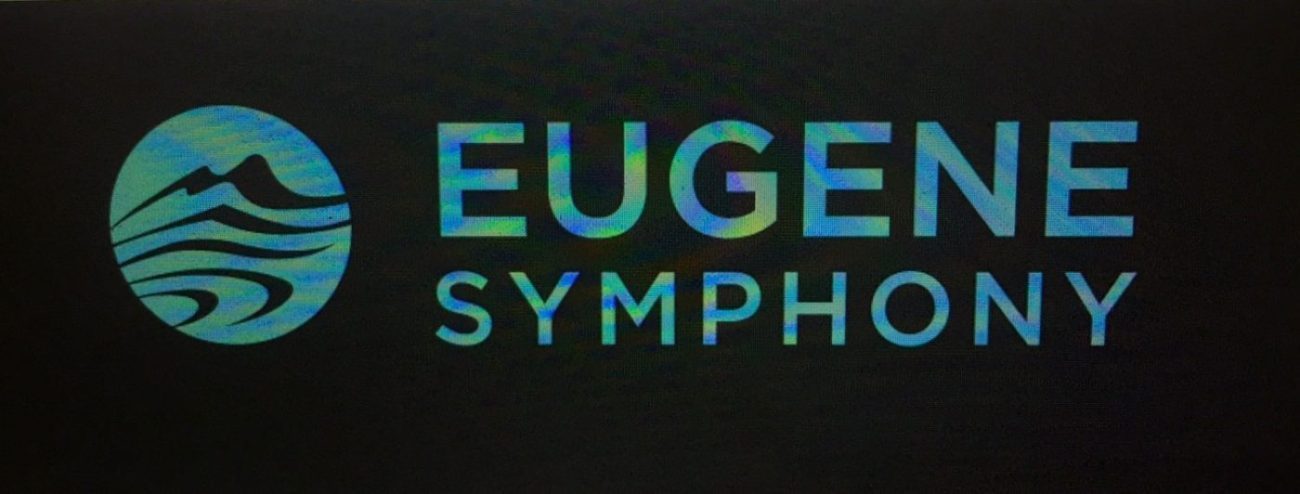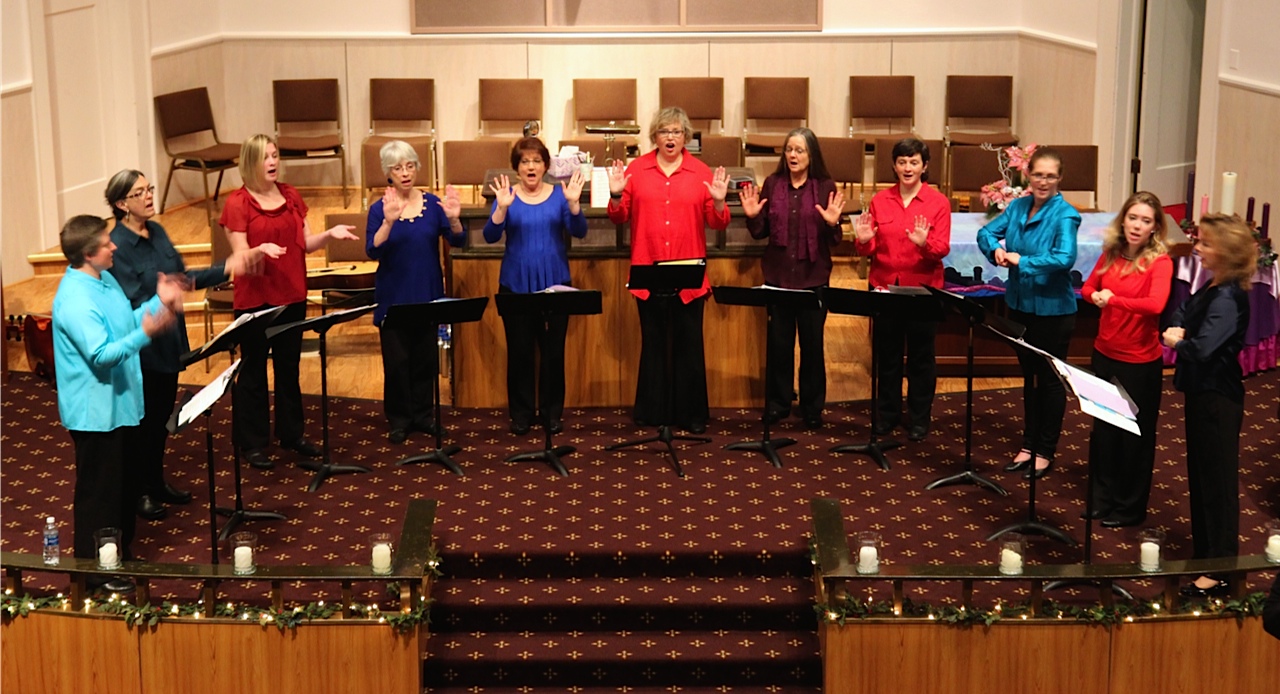Edited by Randi Bjornstad
The simplest thing to do, in announcing the microphilharmonic’s latest concert (and yes, it’s spelled without a capital “m”) is to let one of the group’s leaders and arranger, Michael Anderson, describe his project in his own words:
“In October 2021, microphilharmonic started this project with a performance of Beethoven’s Symphony No. 3 (Eroica), receiving a lot of encouragement to continue the project. We continued with Beethoven’s Symphony No. 6 (Pastorale) in May 2023, again receiving a powerful audience response and strong encouragement to continue.
“Now, I have arranged Symphony No. 1 for an ensemble of 12 musicians (flute, oboe, clarinet, bassoon, horn, trumpet, timpani, two violins, viola, cello, and bass). For Symphony No. 5, we will have all those musicians, adding a 13th: a trombone, and the flutist will double on piccolo.
“Our audiences have been thrilled to hear the Beethoven symphonies recast as works for a large chamber ensemble. Most performances of Beethoven’s symphonies are played by large orchestras of about 75 musicians, led by a conductor, and have a grand impact in a large concert hall like Eugene’s Silva Hall. But our audience members have told me that they relish the intimacy of seeing each player up close in the intimate Jaqua Concert Hall at The Shedd…and hearing each musical line played by one soloist instead of a section of as many as 16 (in the case of the first violin section of a symphony orchestra)! Our performances are played without a conductor, and each member of microphilharmonic shares the “conducting” responsibilities, not with a baton in hand, but with gestures while playing their instrument.
“There is a long history of chamber arrangements of Beethoven symphonies. In the 19th century, there were over 200 chamber arrangements ranging from piano solo (Franz Liszt famously made arrangements of all nine symphonies!), violin and piano duet, through quartets, sextets, octets and nonets. In my arrangements, I preserve the tone color of all the solos by including one member of each instrument family in the original score. We do not strive to create the sound of a full symphony orchestra. Instead, we try to create a chamber music sound palette rather like that of Schubert’s Octet or Beethoven’s Septet, although much more grand at times with five or seven more instruments including timpani. (I just could not resist including timpani in my arrangements —they are such a characteristic part of Beethoven’s symphonies.)”
The players: Michael Anderson (clarinet and artistic director), Alice Blankenship (violin and lead), Stephen Redfield (violin), Bryce Caster (viola), Tyler Abbott (double bass), Kristen Halay (flute), Tom Nugent (oboe), Ben Greanya (bassoon), Margarite Waddell (horn), Sam Taylor (trumpet), Bailey Schmidt (trombone), Thomas Snedeker (timpani)
micdrophilharmonic plays Symphony No. 1 in C major and Symphony No. 5 in C minor
When: 4 p.m. on Sunday, May 12, and 7:30 p.m. on Monday, May 13
Where: Jaqua Concert Hall, The Shedd Institute, 868 High St., Eugene
Tickets: $39, 35, 30, 25 (discount opportunities, youth free, college students 50 percent off with valid ID; available online at theshedd.org or from the ticket office, 541-434-7000
Additional opportunity: Dinners at Six (before or after the concert, depending on performance) — 6 p.m., Warren Court, The Shedd Institute ($27.75 for adults, $19.75 for children) 9 years and younger; by reservation












